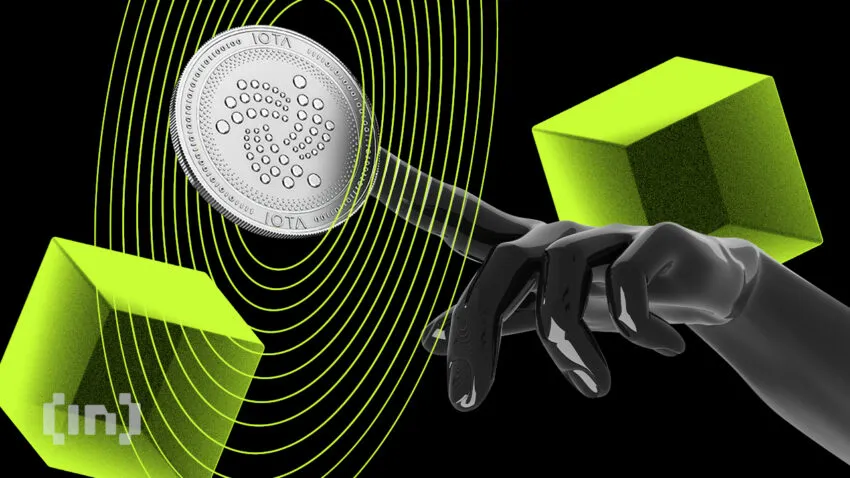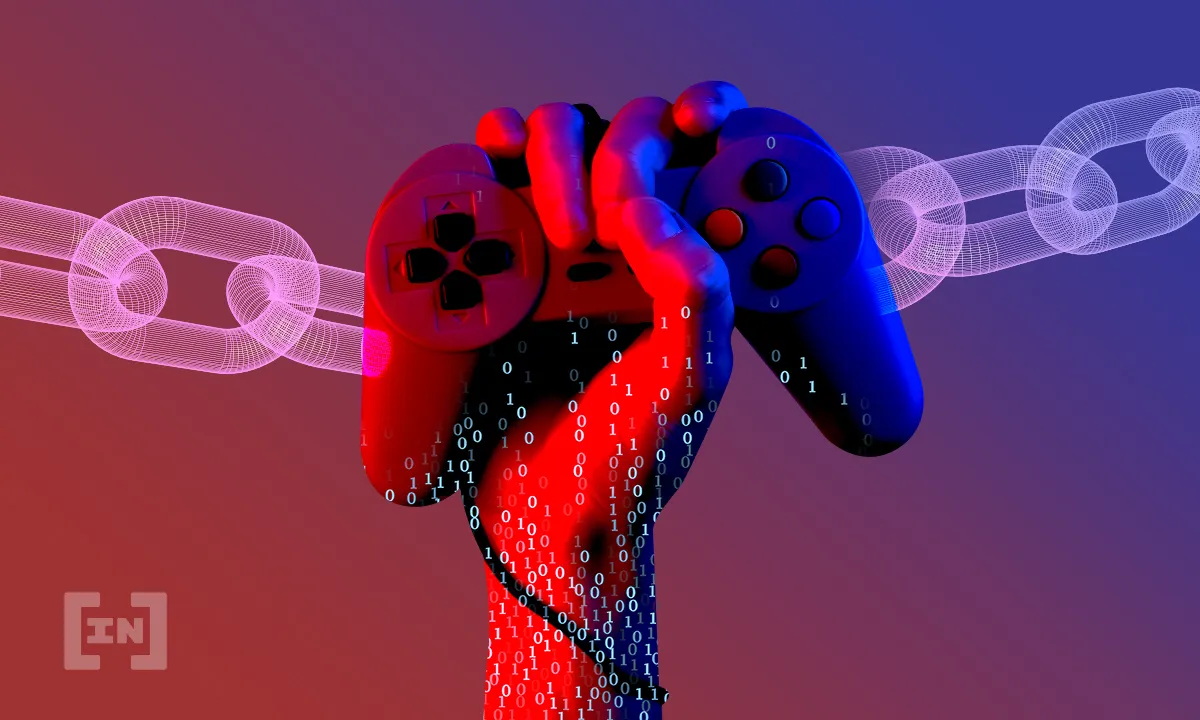Starting with the TL;DR version, IOTA is a scalable, open-source communication protocol with a native cryptocurrency to facilitate value transfer. It is a first-of-its-kind distributed network that allows internet-connected devices to exchange data and payments securely and efficiently.
Sounds a little complicated? Well, it probably is, considering that IOTA is an ambitious project with an elaborate ecosystem and advanced underlying technology. That said, this guide aims to keep it relatively simple while explaining IOTA, the IOTA cryptocurrency, (IOTA token/MIOTA), who this technology is for, and its key benefits.
In this guide:
What is IOTA?
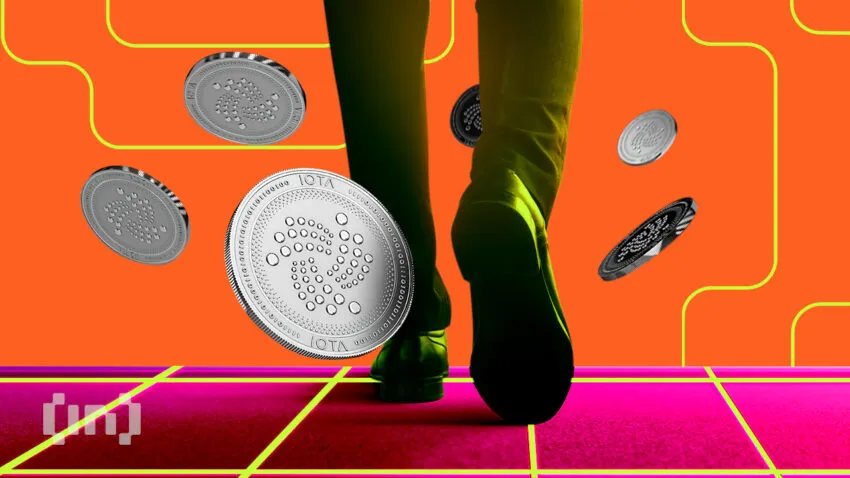
Let’s start by highlighting the problem IOTA aims to resolve. Here, you’ll need some familiarity with the Internet of Things (IoT).
Internet of Things (IoT)
You are probably already familiar with the IoT. For those out of the loop, it is a catchy term for connected devices such as Wi-Fi-enabled hardware and appliances that can transmit data and communicate over the internet.
The IoT consists of devices with sensors (light, speed, temperature, and speed), IP addresses, and an internet connection. The objective of IoT is to help create smart homes or workplaces where you can remotely control devices using a smartphone or other devices. For example, you could turn on and off the porch light remotely when you’re on vacation, or turn on the AC as you are on the way back home from work, so you can arrive at the perfect temperature.
Of course, these are just a couple of simple examples of what you can do. The scope of IoT goes way beyond such simple applications. However, despite their great potential and ubiquity, facilitating payments and other transactions among different IoT devices is very challenging. This is where the role of IOTA and the native crypto on the platform comes into play.
IOTA to the rescue
IOTA is an open-source project that focuses on making machine-to-machine communication smoother for IoT networks. With IOTA’s help, connected devices can securely and efficiently record and execute data transfers and transactions.
In doing so, the platform has emerged as the new standard solution in the rapidly growing IoT sector.
It is worth mentioning here that several industry heavyweights, including the likes of Bosch and Volkswagen, have shown interest in integrating IOTA into their respective connected-technology platforms. This underlines that the new technology promised by the platform has a value add-on from an industry perspective as well.
As a digital ledger that facilitates microtransactions among IoT devices, IOTA enables companies and investors to monetize data feeds from the IoT.
A couple of important pointers here before we move on to the next segment:
- IOTA is not a blockchain network, although both share certain similarities. Rather, it relies on its very own invention, called a “Tangle.”
- IOTA has a native crypto on its platform — the IOTA token — that serves as the medium of value transfer during transactions in the IOTA ecosystem. The platform also rewards network participants and supporters in IOTA token for their contributions.
IOTA team and history
Launched in 2015, IOTA is overseen by the IOTA Foundation, a Berlin-based non-profit organization.
The IOTA Foundation (IF) was created by David Sønstebø, Sergey Ivancheglo (cfb), Dominik Schiener, and Prof. Serguei Popov. The IF set up a board of directors and tasked them with formulating a vision and strategy for the project. A supervisory board also came into being around the same time to oversee the board’s work.
Additionally, the IF also set up a research team comprising some of the world’s leading scientists, research professors, and Ph.D. students. At the helm of affairs of research is the IOTA Research Council. The Council coordinates with IOTA’s internal research teams to set technological targets and provide oversight to researchers. Apart from that, it also coordinates with other research teams and universities as and when required.
Head over to the IOTA official website (Team) to learn more about the individuals leading and participating in the IOTA project.
The IOTA Foundation launched an initial coin offering (ICO) in 2015 to fund the project. By the end of it, the team had raised $590,000 (~1,337 BTC at the time).
Admittedly, $590k may not be much for a successful ICO today, but ICOs were still pretty new back in 2015 and not many people had heard of them, let alone investing in one. So, under those circumstances, the IOTA ICO was a massive hit.
Initially, the IOTA team issued three quadrillion IOTA tokens, of which 999,999,999 were sold in the ICO. A good chunk of the remaining coins has been burnt since.
How does IOTA work?
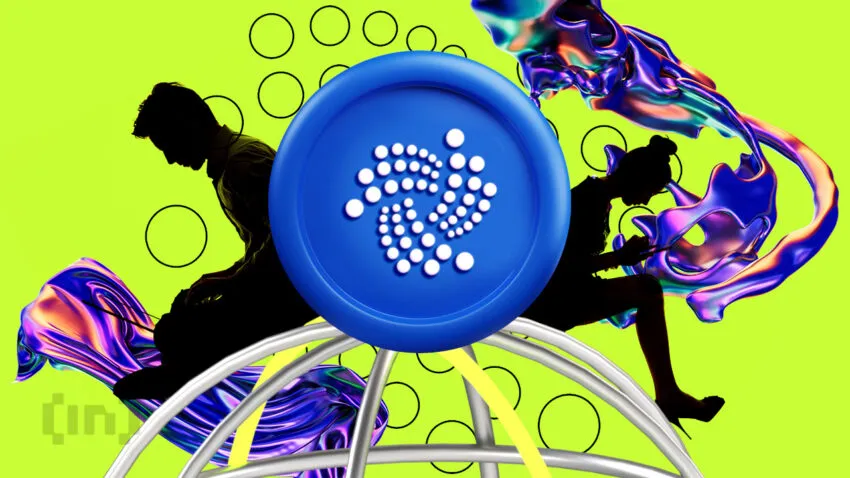
The most striking aspect of IOTA is that its architecture is not built on blockchain. Instead, it uses a proprietary distributed ledger technology (DLT) called “Tangle.”
What is Tangle?
Tangle relies on a unique consensus algorithm. For each transaction you want to execute, you first have to validate two transactions of other users. Let’s put that into perspective using a simple example.
Jerry wants to make a transaction on the IOTA network. But to complete his own transaction, Jerry first needs to verify two pending transactions — say, from Summer and Beth. Once Jerry has his computer verify both transactions, the network rewards his contribution by sending his (pending) transaction to be validated by another user who just now made a transaction request of his own after Jerry. And the chain continues…!
It is worth mentioning here that each transaction requires two rounds of verification — once by a user (e.g., Jerry) and then by a clerk (the “coordinator”). Verification for each transaction on the network is necessary to avoid issues such as double-spending.
The role of the “coordinator” is important, but it comes at the cost of decentralization. IOTA promises to fix this issue and make the network fully decentralized with the rollout of IOTA 2.0.
Directed acyclic graph (DAG)
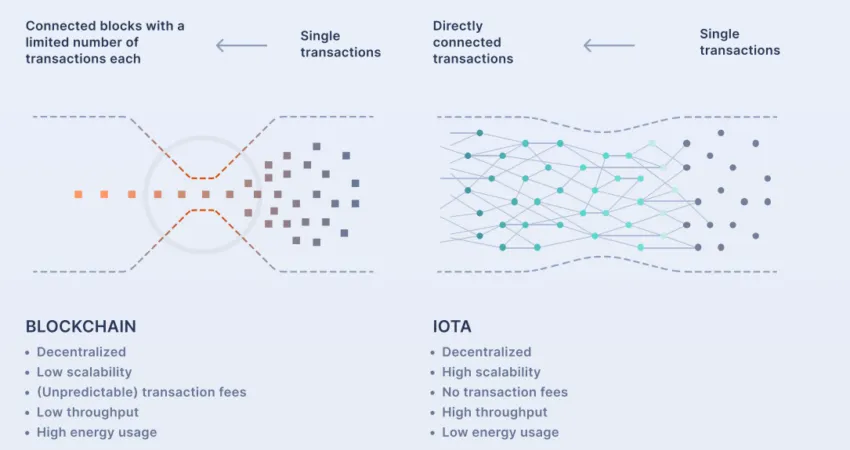
Without delving much into the technical nitty-gritty, Tangle uses the directed acyclic graph (DAG) consensus algorithm that creates a unique topological order. This topological order makes it possible for different types of transactions to run on different chains simultaneously within the network.
This would be easier to understand if you visualized the IOTA network as a collection of numerous nodes, with each node directly connecting two other nodes.
The word “directed” in DAG implies that all connections between the nodes are unidirectional. In simpler words, node-X can directly connect to node-Y, but node-Y cannot connect back to node-X.
Meanwhile, “acyclic” means the network nodes cannot be arranged in a circle or loop. If node-X connects to node-Y, and node-Y connects node-Z, then node-Z cannot connect back to node-X.
So, basically, each node is connected to two nodes, and each of those two nodes is connected to two other nodes. Each node is required to verify the transactions of the two nodes it is connected with.
No miners, no transaction fees!
With Tangle, there is no need for miners, blocks, or even transaction fees. Compare this to any blockchain network you are familiar with (such as Bitcoin, Ethereum, etc.) and you will see that this is indeed a radically new architecture.
Among other benefits, this unique architecture eliminates all scalability and cost-related issues that usually limit the potential of most blockchain networks. As a result, IOTA finds itself in a convenient position to allow zero transaction fees, infinite scalability, and secure data transfer.
An ideal fit for IoT systems
IOTA’s architecture, especially the consensus mechanism used by Tangle, makes it an ideal fit for the IoT economy. This is because Tangle eliminates the issue of high transaction costs, which would otherwise require human monitoring and intervention. And the need for such human intervention would basically render the whole point of having IoT systems null and void.
IOTA advantages
- Zero transaction fees. With IOTA, users do not have to reward miners (like in Bitcoin) or pay for gas (like in Ethereum) to complete transactions.
- Faster transactions. Major blockchain networks such as Bitcoin or Ethereum frequently experience congestion due to the annoyingly long duration they take to create new blocks. In IOTA, there are no blocks, and its mainnet can currently handle ~1,000 transactions per second (TPS).
- Numerous use cases. As an open-source platform with a well-laid-out technological foundation, IOTA promises flexible use cases on many different scales and levels.
- Superior energy efficiency. IOTA’s energy footprint is minimal — especially in comparison with Bitcoin and other similar proof-of-work (PoW) blockchain networks.
- Complete decentralization coming soon. One area where IOTA has had to compromise so far is the decentralization aspect. However, as we have already discussed in a previous segment, the rollout of IOTA 2.0 will soon fix that issue.
IOTA use cases

It is obvious by now that connected devices and IoT systems are permeating every aspect of our lives. On that count, the use cases and potential of IOTA are practically limitless. The following is a rundown of a few of these use cases.
Automotive and mobility
The automobile industry is undergoing a rapid transition. Autonomous vehicles, futuristic mobility designs, new driving concepts — many new ideas are emerging in the market. The more connected motor vehicles become, the greater the scope for IOTA to make a difference.
Smart cities
IOTA claims to be a natural fit for smart cities that envision futuristic designs, infrastructure, and services. In fact, the platform already has some track record to show for it. For example, the Taipei government reached an agreement with the IOTA Foundation for the implementation of a futuristic city in Taipei.
Health care sector
Another area where IOTA could make a big impact is the health and medicine industry. More so in the eHealth sector. New healthcare concepts and practices are constantly evolving, and along with modern equipment and medicines, the eHealth sector is doing excellent in diagnosing and treating complex clinical situations. The IOTA network is keen on contributing to the improvement of eHealth services by making data more private, secure, reliable, and easily accessible.
Industry 4.0
With the evolution of new-generation technologies such as AI and IoT, the nature of the modern workspace is also radically changing. In the industrial environment, for example, machines and robotics could take over a lot of processes and operations. In such scenarios, the machine-to-machine communications framework facilitated by IOTA could be a big game changer.
IOTA crypto — IOTA token and MIOTA
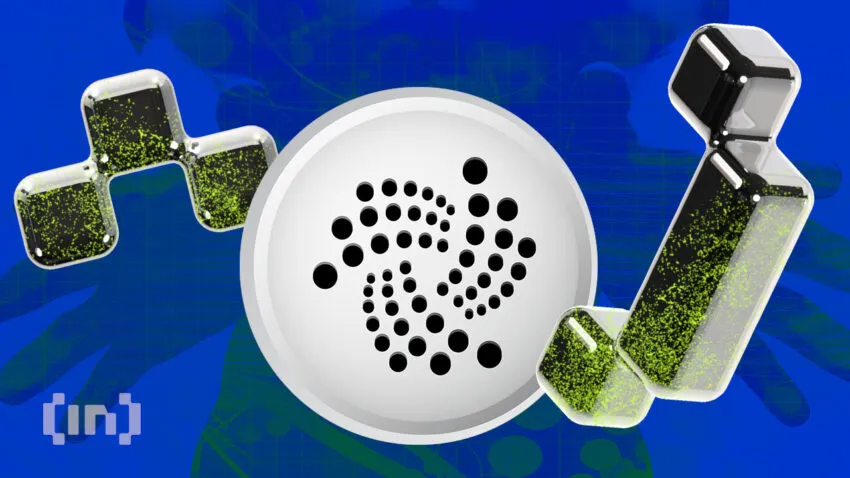
As you already know by now, the IOTA token is the native cryptocurrency on the IOTA network. It is the go-to tool for value transfer in the IOTA ecosystem — be it machine-to-machine (M2M) or human-to-machine (H2M) transactions.
IOTA doesn’t require mining or staking. This means, the value and data can be exchanged or transferred without any fees, which in turn, makes the asset flexible for a wide range of use cases.
However, you don’t get to buy the IOTA cryptocurrency on exchanges. Instead, you get MIOTA. That’s because IOTA is available only in a batch of one million IOTA tokens. (MIOTA = 1 million IOTA).
The IOTA team issued nearly three-quadrillion IOTA (2,779,530,283,277,761, to be accurate). Because the total supply is massive with a capital M, the team has categorized the currency into a series of different stacks, of which IOTA is the lowest unit.
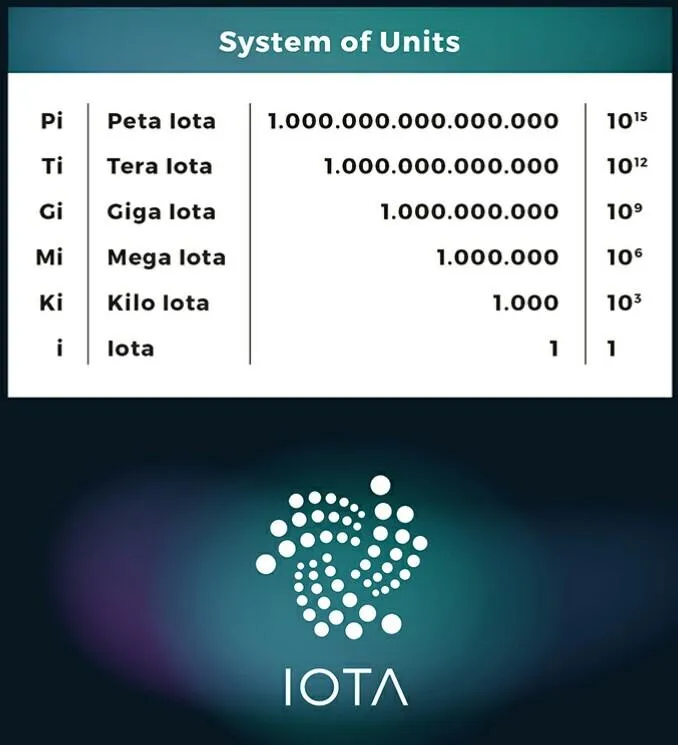
As of this writing, several exchanges are offering the IOTA crypto (IOTA or MIOTA). These include the likes of Binance, Huobi Global, KuCoin, CoinEx, Coinone, Bitfinex, Gate.io, WazirX, and many more.
IOTA potential: Should you buy the IOTA token?
As we have mentioned already, the rapid growth the IoT industry has witnessed over the past decade or so has been rather promising. So, if IOTA can stick to the roadmap and updates it has promised to the community, it will likely find itself in an ideal position to mirror IoT’s explosive growth.
That said, there is no way for anyone to conclusively say that IOTA will make a good investment in the long run. The best way to find out is to do your own research, tread carefully without taking any emotion-driven decisions, and consult a financial expert if need be.
Frequently asked questions
What is the use of IOTA?
The IOTA cryptocurrency has multiple use cases ranging from smart home and industry 4.0 to healthcare and automobile sector (and beyond). Please refer to the section called IOTA use cases for a more detailed outlook.
What is IOTA token?
The IOTA token is the native cryptocurrency in the IOTA ecosystem.
Is IOTA a blockchain?
No, IOTA is not a blockchain. It is built on a different but related distributed ledger technology (DLT).
What blockchain is IOTA built on?
IOTA is not built on any blockchain. It is built on a DLT called Tangle.
Is IOTA crypto a good investment?
If IOTA can stick to the roadmap promised, it has a good chance of benefiting from the growing use of IoT systems across the board. That said, any investment — including investments on IOTA — is not guaranteed to succeed.
